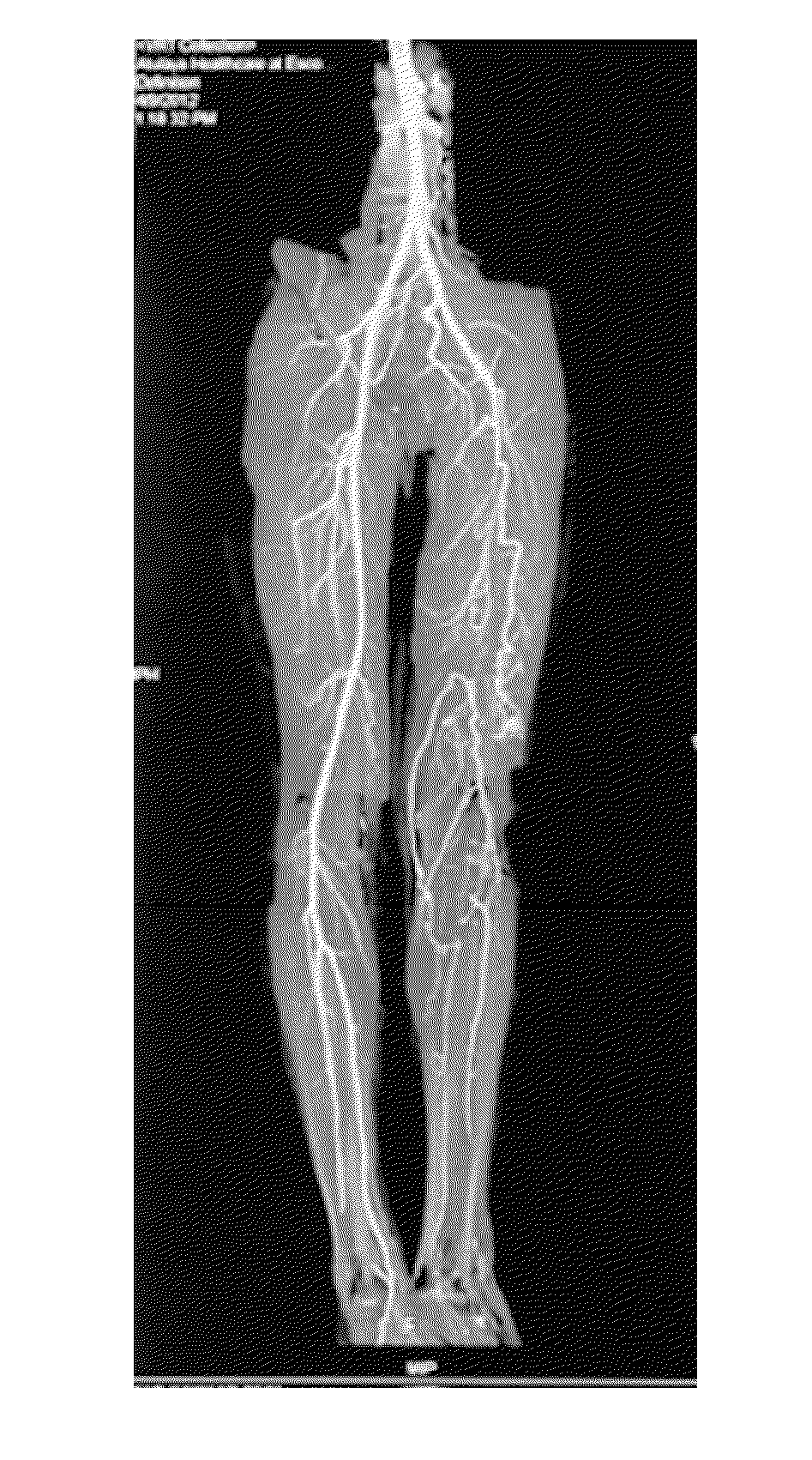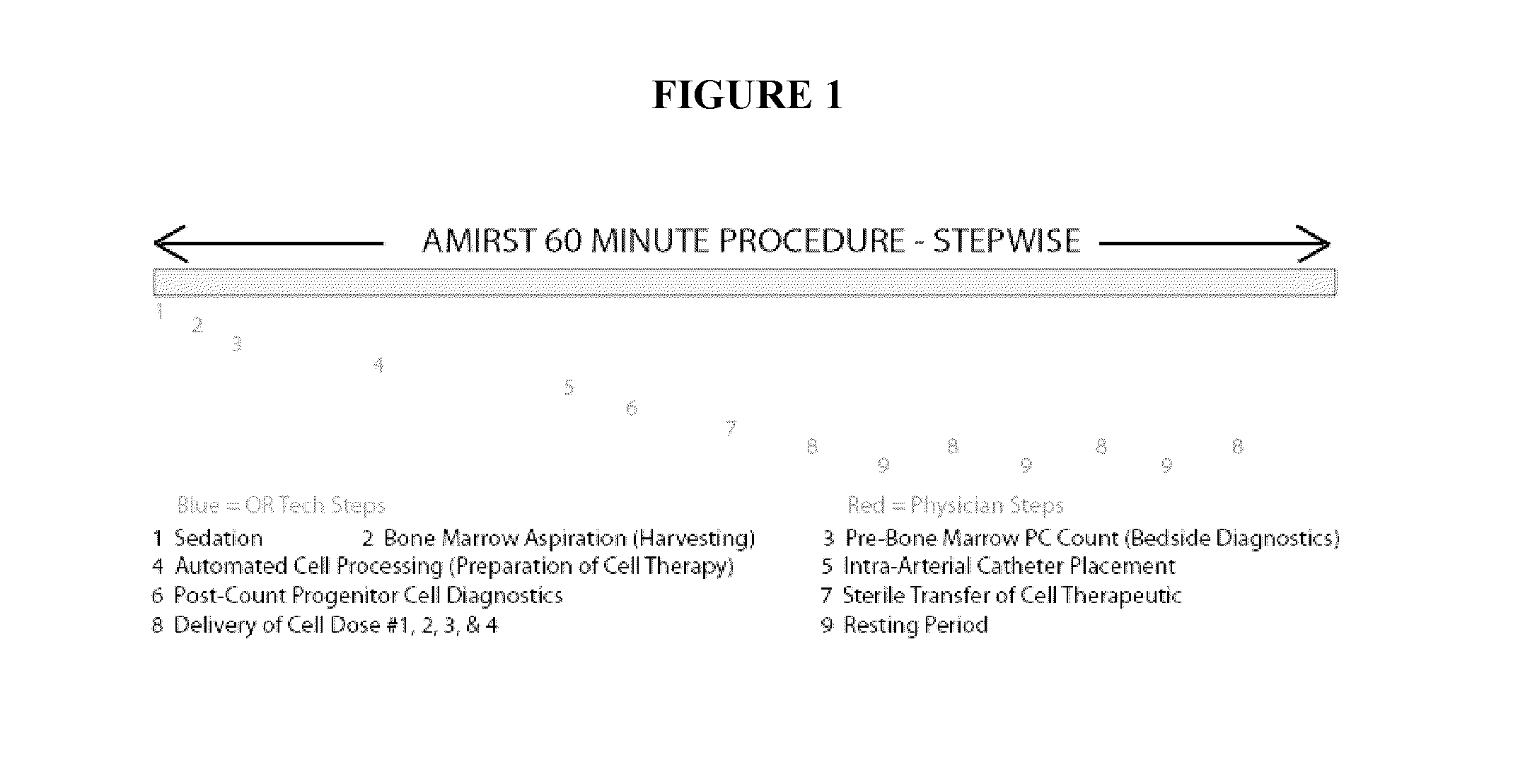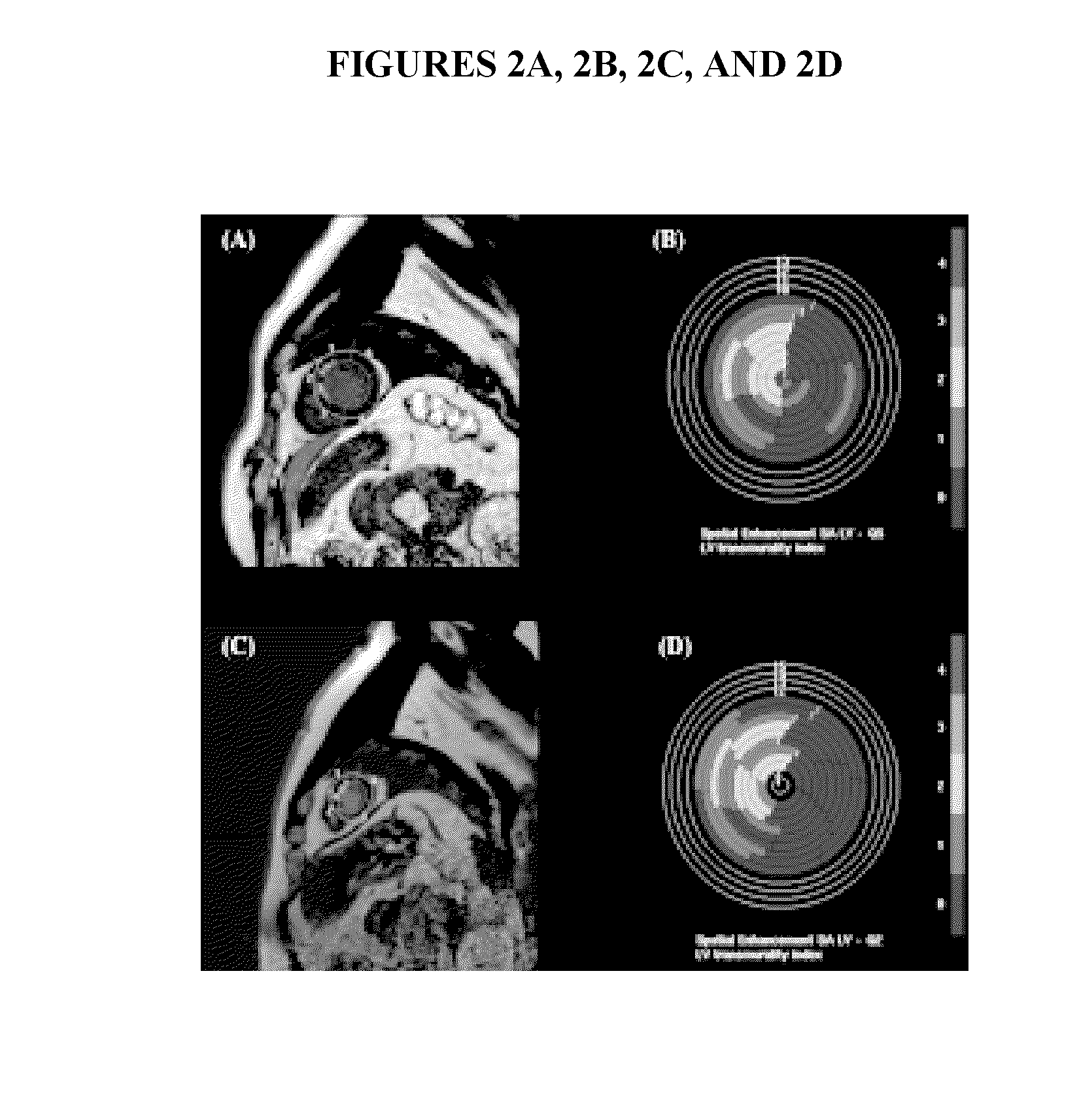Rapid infusion of autologous bone marrow derived stem cells
a technology of autologous bone marrow and stem cells, applied in the field of rapid point of care, can solve the problems of adverse events, affecting the functional therapeutic capacity of these cells, and the prognosis of certain patients with acute myocardial infarction (ami), and achieve adequate and viable doses of cellular infusion analysis
- Summary
- Abstract
- Description
- Claims
- Application Information
AI Technical Summary
Benefits of technology
Problems solved by technology
Method used
Image
Examples
example 1
Bone Marrow Aspiration
[0162]The bone marrow used as a source material was autologous. The bone marrow from which stem cells are isolated was selected from the group consisting of iliac crest, femora, tibiae, spine, and ribs, or other medullary spaces in bone. The preferred bone marrow source was the iliac crest. Before starting the aspiration of bone marrow, the anticoagulant solution was filled into aspiration syringes. Each vial contains 250 mg of bivalirudin. 5 ml of sterile water was added for injection and the vial was gently swirled until all material was dissolved. The solution was poured into a 20 ml sterile syringe. The syringe was filled with 0.9% sodium chloride for injection to the 12.5 ml mark, to yield a final concentration of 20 mg / ml. Next, three sterile 20 ml syringes were filled with 2 ml of 20 mg / ml bivalirudin solution. 18 ml of bone marrow were aspirated in each syringe to make a final volume of 20 ml. The final concentration of bivalirudin, along with aspirated...
example 2
Bone Marrow Cell Analysis and Processing
[0164]The aspirated bone marrow was analyzed (both at pre- and post-processing step) and processed, in a point-of-care environment. Initially 120 ml of anti-coagulated bone-marrow was harvested. Nucleated cells present per ml of sample were rapidly analyzed using a small sample (less than 0.5 ml) of it. If needed, 30-60 ml of additional bone marrow may be harvested for processing in order to get the desired infusion cell dose. The processing technology comprises the following components; (i) a sterile, disposable bone marrow processing device that can process variable volumes of bone-marrow up to 400 mL, (ii) a control module having at least one gravitational and one or more Infra-red (IR) / optical sensors coupled with a microprocessor and motors that control the flow, movement, and compartmentalization of the separated fractions into a disposable device or compartment, (iii) a docking station for the control module that transfers processing da...
example 3
Bone Marrow Viscosity and Analysis
[0165]The concentrated stem cells infusate viscosity was titrated to ensure shear stresses are controlled during trans-catheter delivery. A viscometer, possibly including but not required ancillary software, determined the stem cell concentrate viscosity in units (for example centipoise), and calculated the required plasma volume required to yield a final infusate in the preferred range of 1.8-5 cP at 98.6° Fahrenheit or 37° Celsius. A preferred infusate viscosity was 3.1 cP-5.0 cP, and the most preferred infusate viscosity was 1.8 cP-3.0 cP, or 2.0 cP-2.5 cP. The automated or manual processing technology having produced the stem cell fraction, plasma fraction, and RBC fraction in less than 30 minutes at the patient's bedside served as the source of the autologous plasma.
PUM
| Property | Measurement | Unit |
|---|---|---|
| Temperature | aaaaa | aaaaa |
| Fraction | aaaaa | aaaaa |
| Time | aaaaa | aaaaa |
Abstract
Description
Claims
Application Information
 Login to View More
Login to View More - R&D
- Intellectual Property
- Life Sciences
- Materials
- Tech Scout
- Unparalleled Data Quality
- Higher Quality Content
- 60% Fewer Hallucinations
Browse by: Latest US Patents, China's latest patents, Technical Efficacy Thesaurus, Application Domain, Technology Topic, Popular Technical Reports.
© 2025 PatSnap. All rights reserved.Legal|Privacy policy|Modern Slavery Act Transparency Statement|Sitemap|About US| Contact US: help@patsnap.com



